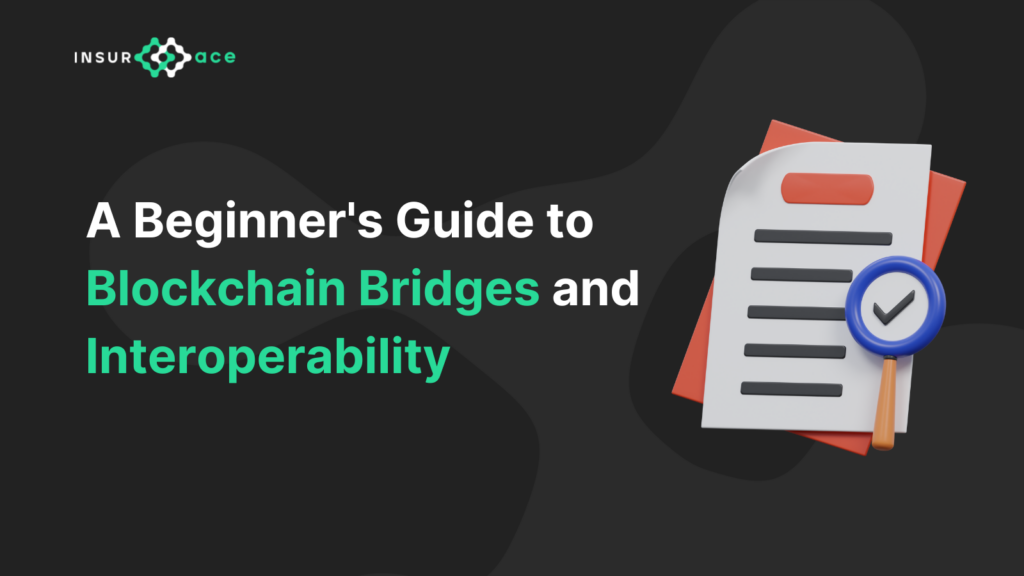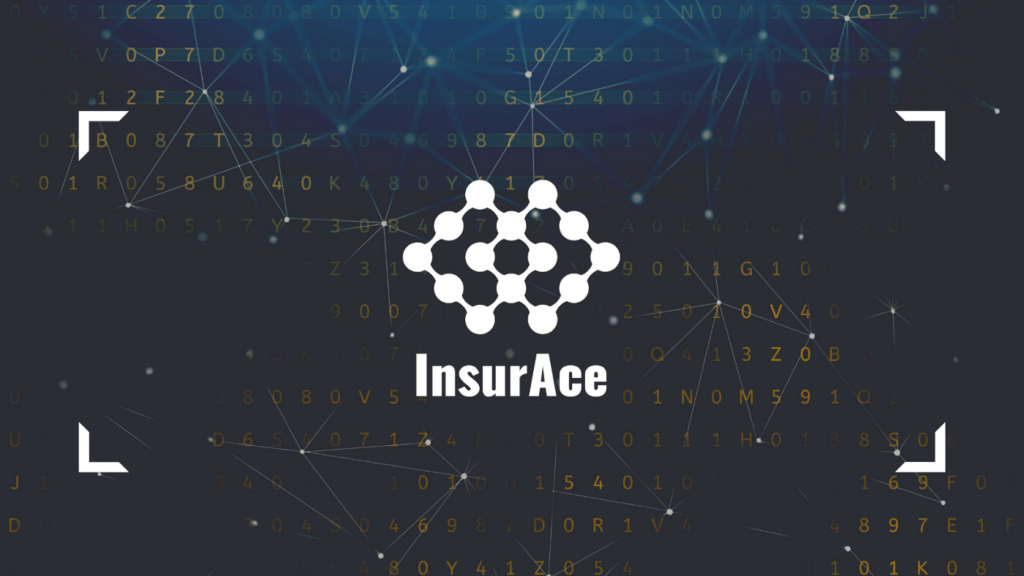The world of decentralized technology is rapidly evolving, and blockchain has proven itself to be a game-changer. Offering security, transparency, and decentralization, blockchain networks have disrupted various industries.
However, one major challenge that arises is the lack of compatibility between different blockchain networks. Enter blockchain bridges – the solution to interoperability in the Web3 ecosystem.
This beginner’s guide will introduce you to the world of blockchain bridges, their functions, benefits, types, and the challenges they face.

Understanding Blockchain Bridges
Blockchain bridges, often referred to as cross-chain bridges or interoperability solutions, are protocols that facilitate communication and data transfers between disparate blockchain networks. By creating a link between two or more blockchains lacking direct connectivity, these bridges play a crucial role in fostering interoperability, ultimately leading to enhanced scalability, functionality, and accessibility of blockchain networks.
The Mechanics of Blockchain Bridges
To establish a connection between different blockchain networks, bridges utilize a combination of smart contracts, APIs, and cryptographic tools.
In essence, they act as translators, enabling seamless communication and information exchange between multiple networks.
Advantages of Blockchain Bridges
Blockchain bridges present numerous benefits for both developers and users:
For developers, bridges allow them to tap into multiple blockchain networks’ resources, leading to increased functionality and scalability of their applications.
For users, bridges offer enhanced flexibility and convenience by enabling access to different blockchain networks without requiring multiple wallets or accounts.
Blockchain bridges can also bolster the overall security and transparency of networks, as they enable easier sharing of data and resources.
Diverse Types of Blockchain Bridges
Blockchain bridges come in various types, each with its own set of advantages and limitations:
- Relay bridges: These bridges rely on a trusted third party to facilitate asset transfers between blockchains.
- Sidechain bridges: They allow asset transfers between a main blockchain and a sidechain, an independent yet connected blockchain.
- Token bridges: These bridges enable the transfer of tokens between different blockchain networks.
Developers must carefully evaluate their requirements to select the most appropriate bridge type.
Overcoming the Challenges of Blockchain Bridges
Despite their numerous benefits, blockchain bridges face several challenges:
- Security risks: Bridges can introduce new attack vectors and potential points of failure, creating security vulnerabilities.
- Interoperability issues: Constructing bridges between different blockchain networks can be complex due to varying architectures and data structures.
- Scalability concerns: As the number of interconnected blockchains increases, network congestion and slow transaction speeds may become a problem.
However, addressing these challenges and fostering innovation in blockchain interoperability are critical to the growth and evolution of the Web3 ecosystem, ultimately leading to a more connected and accessible world driven by blockchain technology.
Blockchain bridges play an essential role in facilitating communication between different blockchain networks, offering increased functionality, scalability, and accessibility to developers and users alike.
While various types of bridges have their pros and cons, it is up to developers to select the most suitable option for their specific use case. Despite the challenges associated with the development and implementation of blockchain bridges, their benefits far outweigh the risks.
As the Web3 landscape continues to progress, blockchain bridges will become increasingly vital in creating a more interconnected and secure world.


